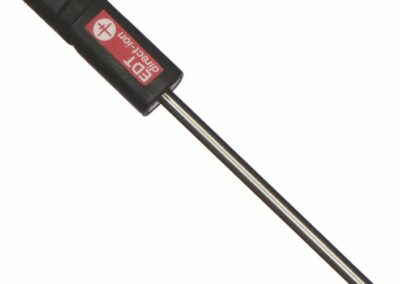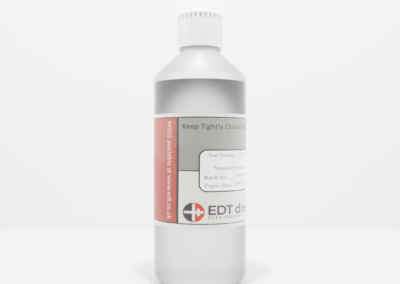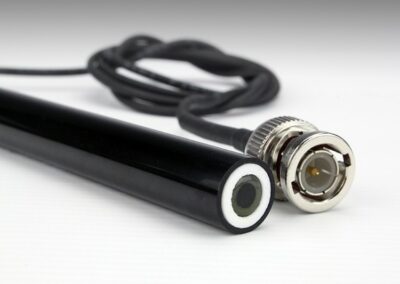Automatic Temperature Compensation for ISE’s
We are all used to measuring pH and conductivity and achieving a result that is corrected to be the same as the actual result would be at 25 degrees centigrade.
As the temperature increases Ions move faster in solution. This increases their Activity but not their Concentration. Ion selective electrodes can only measure Activity hence the need for temperature compensation.
AUTOMATIC TEMPERATURE COMPENSATION AND ISE’S?
Q Can I do Automatic Temperature compensation with Ion Selective Electrodes like I do with my pH meter?
A It is good practice to record the temperature when doing ISE work but you cannot perform ATC like you do with pH. Best practice is to make sure your standards and samples are at the same temperature which means that there is no temperature effect.
It is important however to ensure that you do a 2 (or more) point calibration otherwise your ion meter will default to the theoretical electrode slope at 25 degrees centigrade.
It is possible to make a manual correction estimate after you have the concentration on your meter if you know the difference between your sample and standard temperature. This is by use of the Nernst equation. Please ask for details.
Basically ISE’s have increased sensitivity (Slope) at higher temperatures and if your sample has a higher temperature than your standards the result will be falsely high. The inverse happens when the temperature of your sample is less than your standard solutions.




